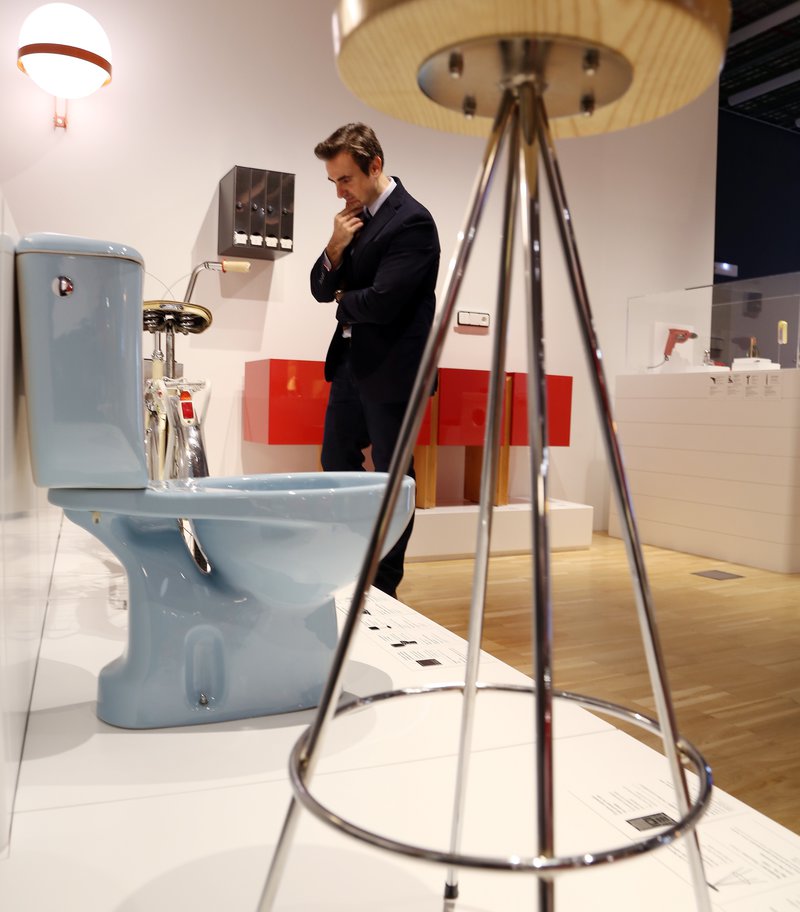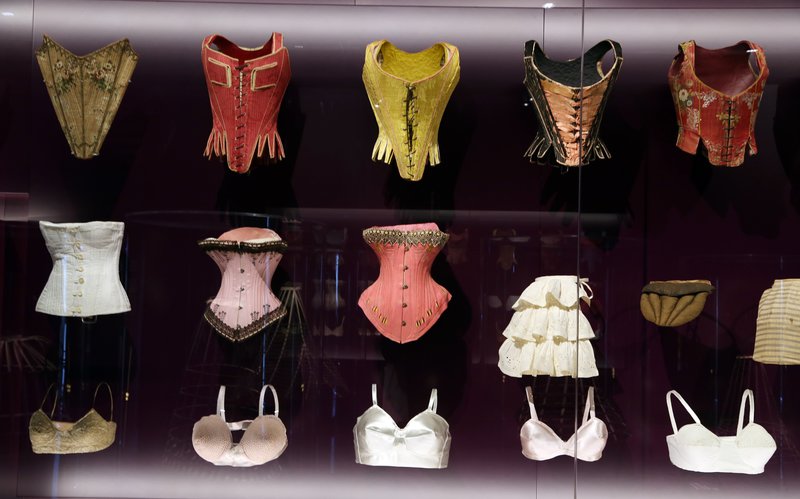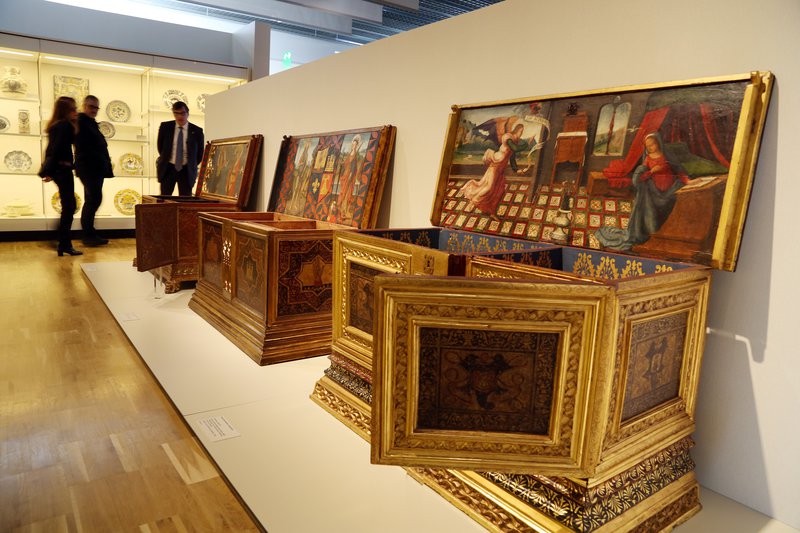design
Barcelona's new home of design
The new Museu del Disseny in plaça de les Glòries opens with four floors packed with examples of the evolution of design and how it enriches our lives
On the front line of design
With the opening of the Museu del Disseny, Barcelona's new design museum, a long-winded process full of setbacks has reached fruition. Finally, the city has a place to show off its design heritage, in the Disseny Hub Barcelona, in plaça de les Glòries, an area undergoing a transformation that promises to turn it into one of the capital's main economic, social and cultural centres. The building, by the MBM Arquitectes studio, was built expressly for “the communal house of the world of design”, according to fifth deputy mayor, Jaume Ciurana. Yet, what is the end of the process in readying the centre, is “just the beginning” for museum director, Pilar Vélez, who is conscious that the museum has an important role to play in returning Barcelona to the front line of top international design. It is a privileged position that the Catalan capital happily enjoyed in the '90s, but which has slowly slipped from its grasp in the intervening years, particularly since the onset of the economic crisis.
“Design is essential for our city because it brings together two aspects of our identity: creativity and business acumen,” said city mayor, Xavier Trias, on the museum's opening.
Thus, the Museu del Disseny has a mission, which it shares with the other two tenants in the building that has become known as 'the stapler', the Foment de les Arts i el Disseny (FAD) and the Barcelona Centre de Disseny (BCD). The fourth institution on the same site is Clot Josep Benet public library, which already has close to a thousand visitors every day. As Trias has pointed out, “a museum is not just a place to store objects. The Museu del Disseny has to be open and interactive, and generator of ideas.”
This is the challenge facing the museum and, given the Herculean efforts that have been made so far to get the centre up and running, it must be in with a chance. The Museu del Disseny brings together the collections of four pre-existing museums: the Museu de les Arts Decoratives, the Museu de Ceràmica, the Museu Tèxtil i de la Indumentària and the Gabinet de les Arts Gràfiques.
In all, there are 70,000 items in all, which reveal the wealth and diversity of the city's design heritage. Yet, this heritage, both old and new, continues to grow and new items will continually be added, thanks in part to the generosity of many designers and collectors.
“The object is the great protagonist here,” says Vélez. It is not an exaggeration, as side by side sit fabrics from the 3rd century with electric whisks, posters advertising mothballs with a dress by Manuel Pertegaz or a Picasso ceramic. On the whole, whatever epoch they are from, they are everyday objects that tell a story about the day-to-day life of the people who used them. In fact, the Museu del Disseny tells many stories, split into four main exhibition areas, one on each floor of the building's tower. Whether the visitor starts at the top or the bottom, a full day is needed to see everything.
Until January 31, the museum is offering free entrance to see the 2,000 items currently on display, some of which are old favourites, while others wait their turn in the museum's storerooms. Many of the pieces have been carefully restored to their former glory, but there is still plenty to work to do, such as moving more than 50,000 objects to the museum from the Palau de Pedralbes.
With the opening of the design museum, the Disseny Hub Barcelona is just about completely up and running, and only a few details are left to finalise. One such is the opening of a business area where a luxury restaurant was originally planned. This 600 square metre space, to be jointly run with BCD, will offer companies work areas to develop their projects. The business area is expected to be up and running within the next two years, investment depending.
So far, the Disseny Hub Barcelona has cost a total of 101 million euros, and its annual running costs are expected to be around seven million euros. Some 3.8 million of this is to cover the museum's budget. Visitors who take advantage of the January offer have a reason to return in February to see the temporary exhibition, Disseny per viure, curated by Òscar Guayabero. The Museu del Disseny is finally here.
Barcelona's new design museum is a vital cultural and social event for many reasons. First, it will help restore Barcelona to its place as a leader in design. Second, the facility has been designed to allow different types of exhibitions that would be difficult to see in another venue. And third, it opens a new perspective in presenting design to a wider audience. In short, it has been constructed using the values of design, the first of which is that it be useful to everyone.
Modern but far from mundane
Elegant but uncomfortable
What we today solve with plastic surgery, in the past clothes were used to alter the shape of women's bodies. El cos vestit exhibition on the third floor has 173 pieces that reveal the ingenious, and uncomfortable, ways female body parts have been enhanced.
Best of Catalan graphic design
The fourth floor celebrates graphic design, from illustrations to calendars to posters. The exhibition highlights the best of Catalan graphic design from the likes of Josep Artigas, Josep Baqués, Pere Creus, Amand Domènech, Ramon Ribas and Tomàs Vellvé.
From medieval to modernity
Naturally the museum takes us on a tour of the past. The historic collections of decorative art are to be found on the second floor in the exhibition, Extraordinàries! llueix el bo i millor, with items from Medieval trunks to examples of Catalan modernism.



